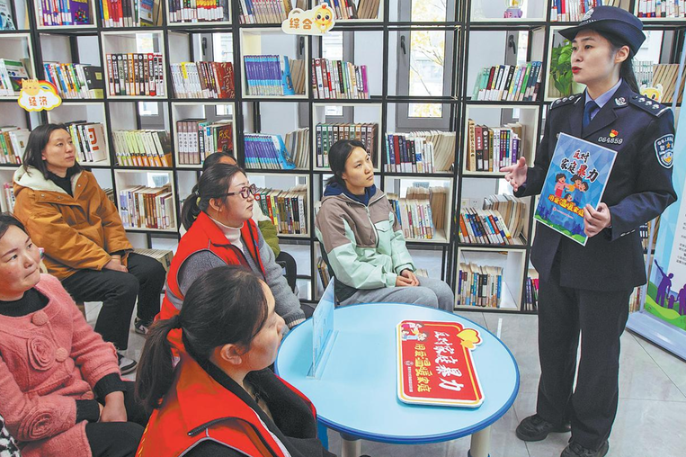Internet classes help drive digital education
Xinhua | Updated: 2023-02-22 08:42
In March, a public online service platform called Smart Education of China was launched, focusing on such areas as learning, teaching, school governance and educational innovation. So far, the platform has received more than 6.7 billion page views and more than 1 billion visitors from more than 200 countries and regions.
The platform provides access to quality education resources for rural primary and secondary schools in the underdeveloped central and western parts of the country. It also allows universities in the west of China to share quality resources provided by universities in the east.
According to Ma Luting, vice-president of the National Institute of Education Sciences, in the digital education era, multiple methods of resource development, presentation and communication have changed conventional classroom teaching methods.
With digital technologies, students from three universities in Jiangsu, Shaanxi and Guizhou provinces have been able to experience a simulated assembly process of China's first homegrown jetliner C919, witnessing the airfoils dock with the fuselage from their classrooms at the same time.
"Employing the digital simulation and virtual reality technologies, we can present the assembly site at the classroom and have students from different places interact with one another through 5G," says Tian Wei, a professor at the Nanjing University of Aeronautics and Astronautics.
The class is a good example of how massive open online courses (MOOCs) are developing in China.
Since 2013, this new form of education, providing instruction free of charge to all, has mushroomed in China. As of November 2022, there were more than 61,900 MOOCs accessible online, with 402 million registered users. China ranks first in the world in both the number of MOOCs and the number of learners online.
China has set up 168 integrated courses available across the globe, initiated mutual credit recognition with 13 world-class universities, and developed eight open courses in English, attracting more than 7 million learners around the world.
At the World Digital Education Conference, Chinese Vice-Premier Sun Chunlan said China is willing to deepen cooperation with other countries in digital education standardization, introduce more quality services and products, and improve digital education governance and public services.
























